Nexus Rewards: A Comprehensive Guide to the Loyalty Program

Nexus Rewards is a membership club that offers cash back, savings, and discounts on everyday purchases. The platform is designed to help people make money on the things they are already purchasing. Nexus Rewards offers a simple but highly lucrative referral rewards program that enables people to build a long-term sustainable income.
To join Nexus Rewards, membership is free. Members can earn cashback on gasoline, groceries, hotel and travel, dining, and online and offline shopping. They can also get up to 80% off prescription medications. The referral rewards program offers 15¢ a gallon of gas per referral. Members can earn cashback and rewards on their purchases, as well as earn money by referring others to the platform.
Nexus Rewards also offers an app that enables members to access their rewards and savings on the go. The app is available for both iOS and Android devices. Members can also earn money through the app by referring others to Nexus Rewards. The platform offers additional benefits such as a 30-day money-back guarantee, no annual fees, and no credit checks.
Key Takeaways
- Nexus Rewards is a membership club that offers cash back, savings, and discounts on everyday purchases.
- Members can earn cashback on gasoline, groceries, hotel and travel, dining, and online and offline shopping.
- Nexus Rewards offers an app that enables members to access their rewards and savings on the go and earn money by referring others to the platform.
Understanding Nexus Rewards
Nexus Rewards is a cashback, savings, and membership club that enables people to earn money on things they are already purchasing. The program is designed to help members build a long-term sustainable income. In this section, we will discuss the Nexus Rewards program and what it offers.
Rewards Program
Nexus Rewards offers a simple but highly lucrative Referral Rewards Program that enables members to earn money by referring others to the program. Members can earn up to 50% cashback on purchases made through the program's platform. They can also earn commissions on the purchases made by their referrals.
The program offers two types of memberships: Free Membership and Premium Membership. Free members can earn up to 20% cashback on purchases made through the program's platform. They can also earn commissions on the purchases made by their referrals. Premium members, on the other hand, can earn up to 50% cashback on purchases made through the program's platform. They can also earn commissions on the purchases made by their referrals.
To become a Premium member, one has to pay a membership fee. The membership fee is a one-time payment, and there are no monthly or yearly fees. Premium members also have access to other benefits, such as exclusive deals and discounts, priority customer support, and more.
In summary, Nexus Rewards is a cashback, savings, and membership club that offers a Referral Rewards Program. Members can earn up to 50% cashback on purchases made through the program's platform. They can also earn commissions on the purchases made by their referrals. The program offers two types of memberships: Free Membership and Premium Membership. Premium members have access to additional benefits, such as exclusive deals and discounts.
Membership Details
Nexus Rewards offers both Free and Premium membership options to its customers. Here are the details of each option:
Free Membership
The Free Membership option is available to anyone who wants to join Nexus Rewards. As a Free Member, customers can enjoy the following benefits:
- Cashback on gasoline purchases ranging from 15 cents to $1.00 or more per gallon
- Cashback on groceries up to 5%
- Cashback on hotel and travel up to 35%
- Cashback on dining up to 50%
- Up to 80% off prescription medications
- Referral Rewards Program, where Free Members can earn 15 cents a gallon of gas per referral
To become a Free Member, customers need to sign up on the Nexus Rewards website. There are no sign-up fees or monthly membership fees for Free Members.
Premium Membership
The Premium Membership option is available for customers who want to enjoy additional benefits and rewards. Here are the details of the Premium Membership option:
- Monthly membership fee of $21.95
- Cashback on gasoline purchases ranging from 25 cents to $1.50 or more per gallon
- Cashback on groceries up to 10%
- Cashback on hotel and travel up to 50%
- Cashback on dining up to 75%
- Up to 90% off prescription medications
- Referral Rewards Program, where Premium Members can earn 25 cents a gallon of gas per referral
In addition to the above benefits, Premium Members also receive access to exclusive discounts and promotions. To become a Premium Member, customers need to sign up on the Nexus Rewards website and pay the monthly membership fee.
Overall, Nexus Rewards offers both Free and Premium Membership options to customers who want to earn cashback and rewards on their purchases. Customers can choose the membership option that best suits their needs and budget.
Rewards and Savings
Nexus Rewards is a membership club that offers its members a variety of rewards and savings. The club is designed to help people save money on the things they are already purchasing and earn cash back and profit sharing. In this section, we will discuss the different rewards and savings that members of Nexus Rewards can enjoy.
Cash Back
One of the primary benefits of being a member of Nexus Rewards is the cashback program. Members can earn cashback on gasoline, groceries, hotel and travel, dining, and online and offline shopping. The cashback amount varies depending on the purchase, but members can save up to 50% on dining and up to 80% on prescription medications. The cashback program is easy to use, and members can access it through the Nexus Rewards app.
Profit Sharing
In addition to cashback, Nexus Rewards also offers profit sharing to its members. Members can earn a share of the profits generated by the club based on their level of membership. The profit sharing program is designed to help members build a long-term sustainable income. The more members a member refers to the club, the higher their profit sharing percentage becomes.
Referral Rewards Program
Nexus Rewards also has a referral rewards program that allows members to earn additional cashback and profit sharing. Members can earn 15 cents per gallon of gas for every referral they make, and they can earn additional cashback and profit sharing based on the purchases made by their referrals. The referral rewards program is an excellent way for members to earn additional rewards and savings while helping others save money.
Overall, Nexus Rewards offers its members a variety of rewards and savings. The cashback program, profit sharing, and referral rewards program are just a few examples of the benefits that members can enjoy. By becoming a member of Nexus Rewards, individuals can save money on the things they are already purchasing while earning additional rewards and savings.
Shopping and Discounts
Nexus Rewards offers a variety of shopping and discount options to its members. Members can save money on everyday purchases like gasoline, groceries, dining, and travel. They can also access exclusive discounts on online and offline shopping.
Merchants
Nexus Rewards partners with a wide range of merchants to provide members with discounts and cashback offers. Members can save up to 25 cents per gallon on gasoline purchases at participating gas stations. They can also earn cashback on groceries, up to 5% cashback on hotel and travel bookings, and up to 50% off on dining at participating restaurants.
In addition, members can access exclusive discounts on online and offline shopping at popular retailers like Walmart, Target, Best Buy, and more. Members can save up to 80% off on prescription medications, and also earn cashback on their purchases.
Savings Portal
The Nexus Rewards Savings Portal is a one-stop-shop for members to access exclusive discounts and cashback offers. Members can search for deals by category, merchant, or keyword. The portal also features a referral rewards program, where members can earn 15 cents per gallon of gas for each referral.
Overall, Nexus Rewards offers a comprehensive shopping and discount program for its members. With a wide range of merchants and exclusive discounts, members can save money on everyday purchases and earn cashback on their purchases.
Nexus App
Nexus Rewards offers a free, user-friendly app that allows members to access a wide range of benefits and rewards on the go. The app is available for both Android and iOS devices, and can be downloaded from the Google Play Store or the Apple App Store.
App Features
The Nexus app is packed with features that make it easy for members to save money and earn rewards. Some of the key features of the app include:
-
Cashback Rewards: Members can earn cashback rewards on gasoline, groceries, and other purchases made both online and offline. The amount of cashback varies depending on the merchant and the product, but can reach as high as 40%.
-
Bill Reduction: The app allows members to save money on their monthly bills for phone, internet, heating, electric, and more. Members can also track their bills and receive alerts when new bills are due.
-
Dining Discounts: Members can save up to 40% on dining at over 500,000 restaurants nationwide. The app also includes a feature that allows members to search for restaurants by location, cuisine, and price.
-
Travel Savings: Members can save up to 75% on hotel and travel in 141 countries. The app includes a feature that allows members to search for hotels and flights by location, date, and price.
-
Prescription Discounts: Members can save up to 90% on prescription medications at over 60,000 pharmacies nationwide. The app includes a feature that allows members to search for pharmacies by location and price.
-
Referral Rewards: Members can earn additional cash rewards by referring friends and family to the Nexus Rewards program.
Overall, the Nexus app is a powerful tool that allows members to save money and earn rewards on the go. With its user-friendly interface and wide range of features, the app is a must-have for anyone looking to get more out of their money.
Earning with Nexus
Nexus Rewards is a cashback, savings, and membership club that provides an opportunity for people to earn money on their everyday purchases. The company offers a highly lucrative referral rewards program that enables members to build a long-term sustainable income. In this section, we will explore how members can earn commissions and residual income through the Nexus Rewards compensation plan.
Commissions
Nexus Rewards offers a generous commission structure that rewards members for referring others to the program. Members can earn commissions on the purchases made by their referrals, as well as on the purchases made by the referrals of their referrals. The commission structure is as follows:
| Level |
Commission |
| 1 |
20% |
| 2 |
10% |
| 3 |
5% |
| 4 |
2.5% |
| 5 |
1.25% |
For example, if you refer someone to Nexus Rewards and they make a purchase of $100, you will earn a commission of $20. If that person then refers someone else who makes a purchase of $100, you will earn a commission of $10. This structure allows members to earn commissions on the purchases made by their entire downline.
Residual Income
In addition to commissions, members can also earn residual income through the Nexus Rewards compensation plan. The company offers a unique revenue-sharing model that allows members to earn a share of the company's profits. This revenue-sharing model is based on a points system, where members earn points for their purchases and the purchases made by their downline.
The company sets aside a certain percentage of its profits each month to be distributed among members based on their point totals. The more points a member has, the larger their share of the revenue. This provides members with a passive income stream that can continue to grow over time.
Overall, the Nexus Rewards compensation plan provides members with a unique opportunity to earn money on their everyday purchases. The combination of commissions and residual income allows members to build a long-term sustainable income that can continue to grow over time.
Additional Benefits
Nexus Rewards offers a variety of additional benefits that can help members save money on everyday expenses. These benefits include cashback on groceries, travel, dining, and more. Here are some of the additional benefits that members can take advantage of:
Travel
Nexus Rewards members can save up to 35% cashback on hotel and travel expenses. This can include flights, hotels, rental cars, and more. Members can also take advantage of exclusive discounts on travel packages and vacation rentals.
Groceries
Nexus Rewards members can earn up to 5% cashback on groceries. This can include purchases made at grocery stores, supermarkets, and online grocery retailers. Members can also take advantage of exclusive discounts on meal delivery services and meal kit subscriptions.
Gas
Nexus Rewards members can earn up to 15 cents per gallon of gas for every referral they make to the program. Members can also take advantage of exclusive discounts on car maintenance and repair services.
Car Insurance
Nexus Rewards members can save money on car insurance by taking advantage of exclusive discounts and special offers. Members can also compare rates from multiple insurance providers to find the best deal.
Overall, Nexus Rewards offers a variety of additional benefits that can help members save money on everyday expenses. From travel and groceries to gas and car insurance, members can take advantage of exclusive discounts and cashback offers to save money and get more for their money.
Frequently Asked Questions
What are the benefits of using Nexus Rewards?
Nexus Rewards is a cashback, savings, and membership club designed to help people make money on everyday purchases. By becoming a premium member, users can earn cashback on purchases both online and offline. Nexus Rewards also offers discounts and savings on existing expenses and purchases.
How do I sign up for Nexus Rewards?
To sign up for Nexus Rewards, users can go to the website and click on the "Join Now" button. There is a one-time $10 admin/setup fee and a $21.95 monthly subscription fee to become a premium member.
Can I earn rewards by referring others to Nexus Rewards?
Yes, premium members can participate in the lucrative referral rewards program. By referring others to Nexus Rewards, users can earn a long-term sustainable income.
What types of rewards can I earn through Nexus Rewards?
Through Nexus Rewards, users can earn cashback, discounts, and savings on everyday purchases. Premium members can also participate in the referral rewards program to earn a long-term sustainable income.
Is Nexus Rewards a legitimate rewards program?
Yes, Nexus Rewards is a legitimate rewards program designed to help people make money on everyday purchases.
Are there any fees associated with using Nexus Rewards?
Yes, there is a one-time $10 admin/setup fee and a $21.95 monthly subscription fee to become a premium member of Nexus Rewards. However, the benefits of becoming a premium member far outweigh the costs, as users can earn cashback, discounts, and savings on everyday purchases, as well as participate in the referral rewards program to earn a long-term sustainable income.
Tim Moseley
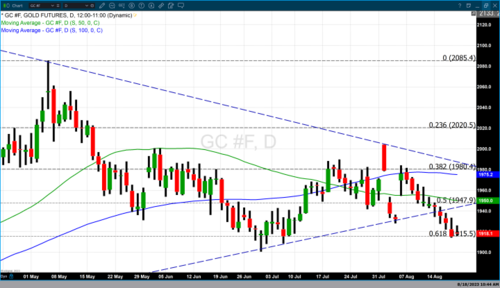
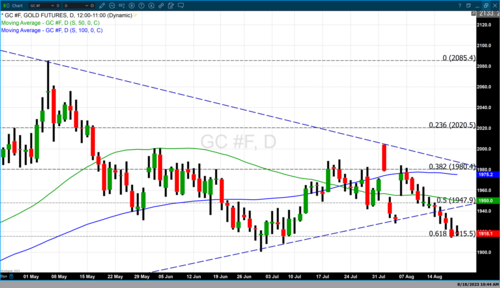


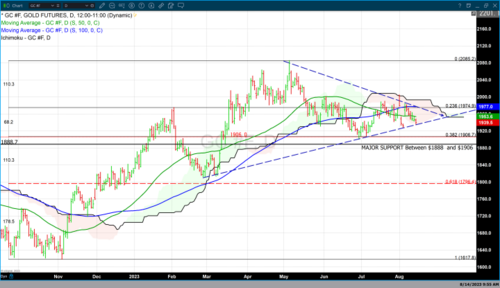
.gif)
.gif)
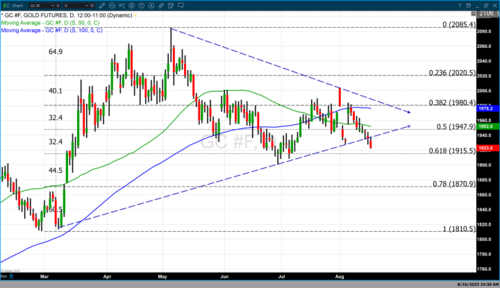
(1).png)
.png)

.png)
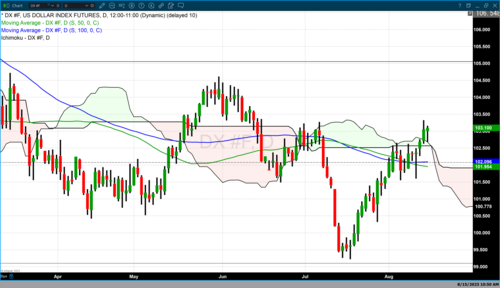
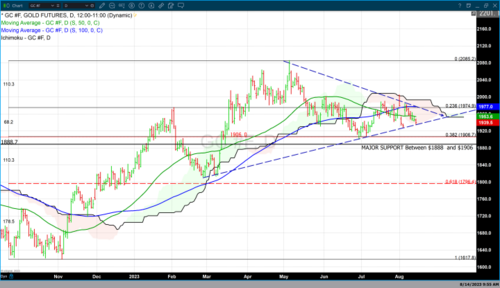
.png)


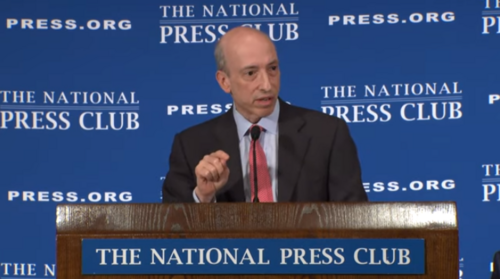
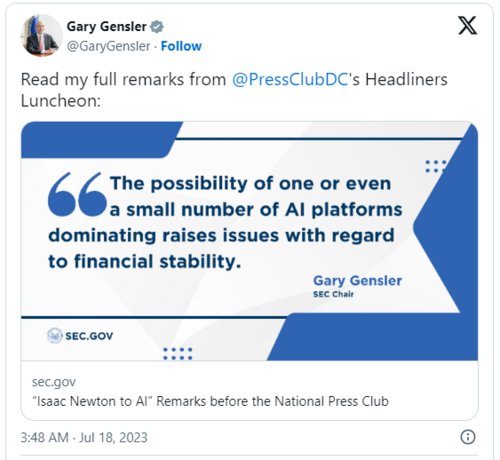
.png)



.gif) Gold price to rise as investors lose faith in U.S. dollar – Commodity Discovery Fund's Willem Middelkoop
Gold price to rise as investors lose faith in U.S. dollar – Commodity Discovery Fund's Willem Middelkoop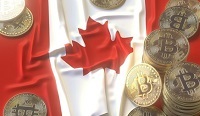
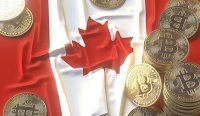 Canada's financial regulator updates guidance for crypto asset exposure
Canada's financial regulator updates guidance for crypto asset exposure